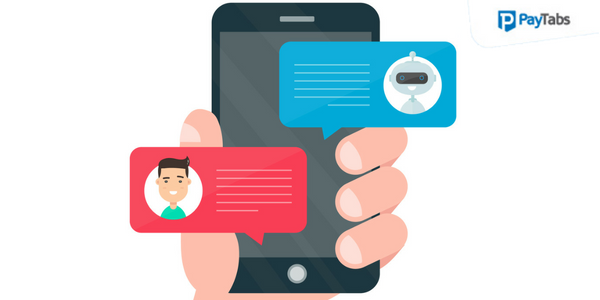Multichannel Selling: The Right Move Forward or Too Many Things at the Same Time?(Part 2)
The Trifecta of Trouble and Growth
The tumultuous nature of multichannel marketing is going to keep you on your toes to accomplish your core business functions. In e-commerce, that’s marketing to help people find you, actually capturing the sale, and then getting the product to customers on-time and in a way that they enjoy.
By needing to be available across each channel, you’re going to always have more work to do. Customers are everywhere, and there’s a feeling that you should be everywhere too. We’re going to touch on that briefly at the end, but let’s look at the big picture for what it takes to be everywhere.
Marketing
Studies vary, but somewhere between roughly 80% and 90% of your audience are going to do significant research into your product before they buy. They’re looking for you everywhere, whether that’s to see what influencer is wearing your shorts on Instagram to Amazon’s “Choice” and “Best Seller” designations, and what podcast you’re sponsoring this week.
Marketing also needs to think about mobiles because this technology accounts for 92% of e-commerce order growth. So, your ads and site and other efforts need to not only work on mobile, but they have to be +optimized for this low-impact space. Minimalism isn’t just a fancy trend for luxury offices and site designer websites; it’s also a focus for your team to make the most out of the limited screen size by prioritizing what’s important.
Today, you’ll be stretching that same old budget to meet new people on more channels and give them information to support research instead of just selling. Look for opportunities to grow your impact with content that works across multiple channels, partnerships with people who your audience turns to for education and keeping everything easy to scan to determine its value to the audience.
Sales
Here’s an area even more complicated. Sales is specific to every channel, and you’re going to have to do your own research to understand what and where you can sell. Amazon has a drastically separate set of rules and requirements (especially if you’re Prime) than most other channels, and you’re building an independent reputation on many of these sites.
The channels you “own” tend to be restricted to those where your products aren’t always next to others. So, that’s your website and social channels where you’re controlling the message and some of the discovery. These follow traditional e-commerce and online store rules, where you can build your sales funnel to move people through and capture the sale.
Online marketplaces have their own audiences (with different preferences), rules, and requirements for success. There are excellent guides on the different audience desires, but what is essential at the outset is that your profiles and product descriptions will need to be different for each. In general, eBay will be a little more free-from, while Amazon is much more SEO-minded.
How you interact with the customers during and after a sale are also tightly controlled. Even outside these marketplaces, sales is expanding into the realm of customer service. As some studies note, as many as 88% of online shoppers say they are less likely to buy from you if you’re not responding to complaints or service requests posted on social media. This customer service element extends into order fulfillment too.
Nearly every channel has its own way of handling the flow and interaction with customers. Each has its own journey and process, which means you’ll need some salespeople to put those things in place.
The nice bit is that a lot of this can be automated after the initial setup, so you’re not always trying to force a sale with a specific individual. However, the other side of the automation coin is that it’s got to be set up correctly or you push everyone down a path that’s not optimized to sell.
To read part 1 click here
*to be continued






